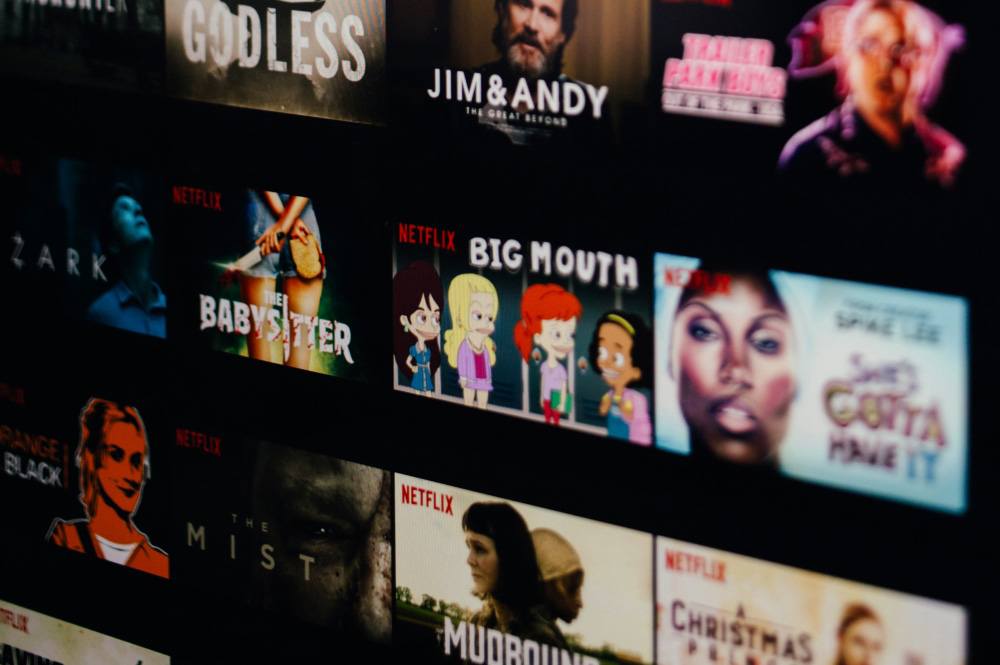
Media consumption through web streaming has had both a positive and negative impact on our lives
Web streaming, also known as video streaming, refers to any media content being delivered via the internet to computers and mobile devices so it can be played back in real time. This media content includes watching online videos and movies, audio services, webinars, live broadcasts (such as sports) and much more.
Web streaming services are continuously offering more features, more content and higher quality options, resulting in an ever increasing demand for streaming services.
Web streaming has given us access to a diverse range of content, enabling us to choose what, when and where we want to use it. Web streaming has reduced the production and distribution of physical media that contain plastics and other environmentally harmful materials.
While web streaming has brought convenience and access to the comfort of our homes, it has also added to environmental problems. The most significant impact is the energy required to run data centres, which store and distribute the enormous amounts of data required for streaming. Data centres consume vast amounts of electricity, which is mostly derived from fossil fuels. In addition, the data transmission networks required for web streaming also consume significant amounts of energy, further contributing to the negative environmental impact of this technology.
And then, one must consider the carbon footprint of the devices that we use to stream content, such as smartphones and tablets. These devices also consume energy and contribute to carbon emissions.
For example, one hour of video streaming emits 150-1,000 grams of carbon dioxide, requires 2-12 liters of water and demands a land area up to the size of an iPad Mini. And one hour of music streaming produces CO2 equivalent to charging seven smartphones.*

What can we do to reduce the environmental impact of web streaming?
While each person might consider their individual contribution towards the environmental impact of streaming as much, we need to consider how much and how often we stream. How much and how often we stream collectively adds to a significant impact on our environment.
By taking even small steps to reduce the negative impacts that web streaming has on our environment, we can help ensure that it remains a valuable tool for humanity. A number of factors contribute towards each person's impact of their web streaming, such as choice of viewing device, type of network connection and resolution.
Ten small steps that you can take to reduce your streaming environmental footprint
Here are ten small steps that you can take to reduce your streaming's impact on the environment:
- Firstly, reduce your streaming consumption by being constantly aware of the impact your streaming has on the environment
- Turn off the auto-playing of videos on social media, such as Facebook and Twitter*
- Make sure your streaming app is closed or device is turned off when you're not watching or listening to your streaming
- Download videos or music that you'll watch or listen to over and over again
- Use energy-efficient devices for your streaming
- Whether you have a web or email host or any other form of data hosting, choose one that powers their data centres and infrastructure with green energy
- Reduce your video streaming quality as high-definition (HD) and ultra-high-definition (UHD) requires more bandwidth and energy consumption
- Keeping your video off during videoconference meetings can reduce your environmental footprint by 96 percent**
- Whenever possible, choose Wi-Fi over mobile data for your streaming as mobile data consumes more energy - and mobile batteries drain faster when using mobile data rather than Wi-fi
- Reduce your online footprint e.g. delete any unnecessary online accounts you have and unsubscribe from email marketing campaigns you do not read
Last updated November 30, 2023